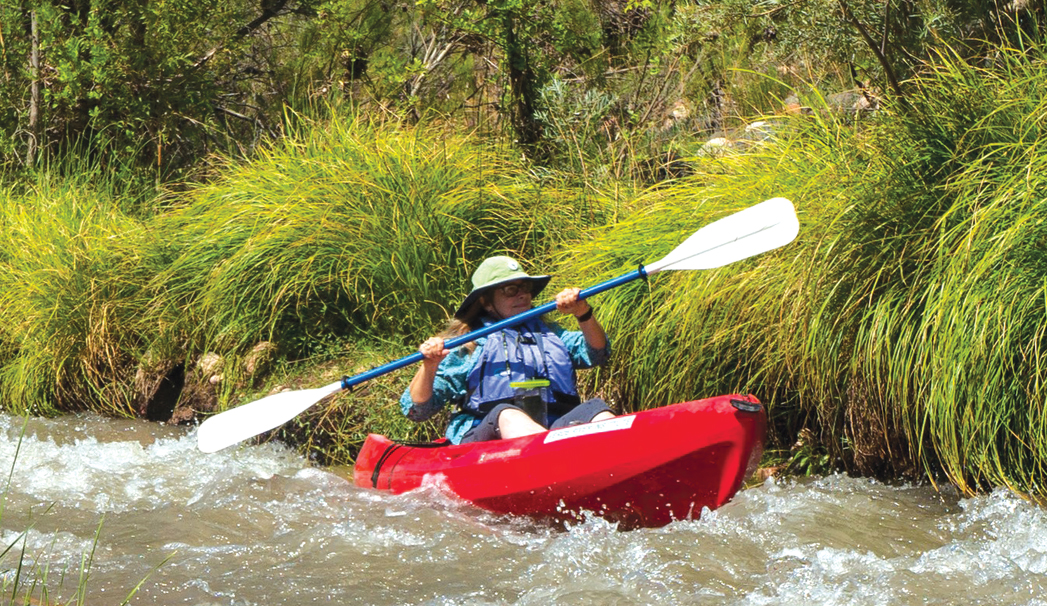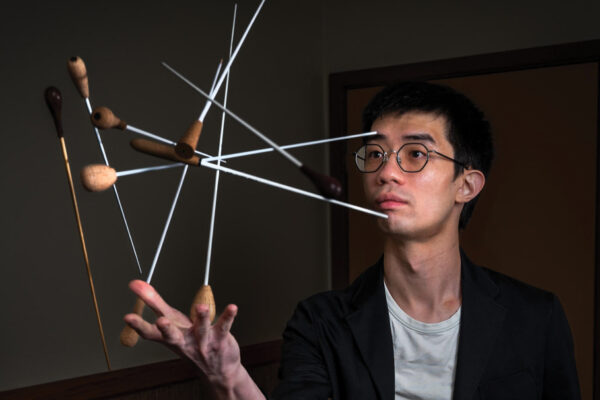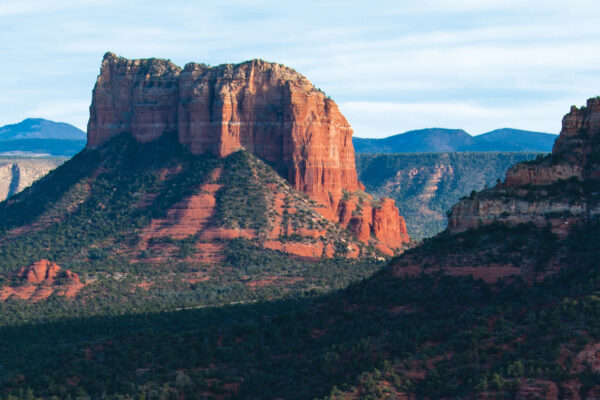Arizona native Nancy Steele fell in love with biology as a young person. But as she was working on her master’s degree, she realized she didn’t want to work in that field. She was debating between going into health care or environmental work. She ultimately chose to devote her professional life to the environment. She worked for the state of California for 14 years on environmental issues. In 1996, she founded a nonprofit land trust. She served as the executive director of the Los Angeles-based Council for Watershed Health for about a decade. After taking time off for a few years, she felt she had more to give. So she took a job as the executive director of Friends of the Verde River.
Her favorite part of her industry? “Well, frankly, it’s working with people,” says Nancy. “This is the most people-focused work that you can do. We are working for humanity.” Nancy joined Friends of the Verde River in 2018. In this role, she hires staff, evaluates staff, participates in fundraising and works with the board of directors to develop the organization’s goals. “The biggest goal is keeping the Verde River healthy and flowing. We exist because we can’t imagine a world in which this river isn’t flowing and healthy,” says Nancy. Based in Cottonwood, Friends of the Verde River works on an area of land that’s about 6,600 square miles and encompasses six percent of Arizona. Although the nonprofit mostly concentrates on an area from Paulden to below Camp Verde.
Friends of the Verde has treated or restored over 12,000 acres of riverside land. The 12-person staff primarily focuses on the land by the river or the riparian forest. The nonprofit also has a team that works to remove non-native and invasive systems from the forest. The group also works in the upland areas or anything away from the river. For example, some of its work is healing the erosion gullies that form when water flows rapidly over the landscape and can remove soil and kill plants. Another program the nonprofit has spearheaded is River Friendly Living. This program encourages river residents to conserve water, keep the rivers clean and restore native habitats. The organization is always finding ways to bring people to the river. She hopes the organization continues to grow and maybe will even have a river center in the future. But her work does all come back to the people. She tells us that the most rewarding part of her job is hearing stories from those who cherish the river. “Talking with people who love the river as much as I do or maybe even love it more,” says Steele. “I always love hearing their stories.” – By Teresa K. Traverse




